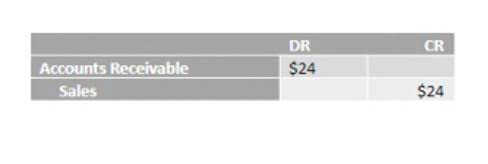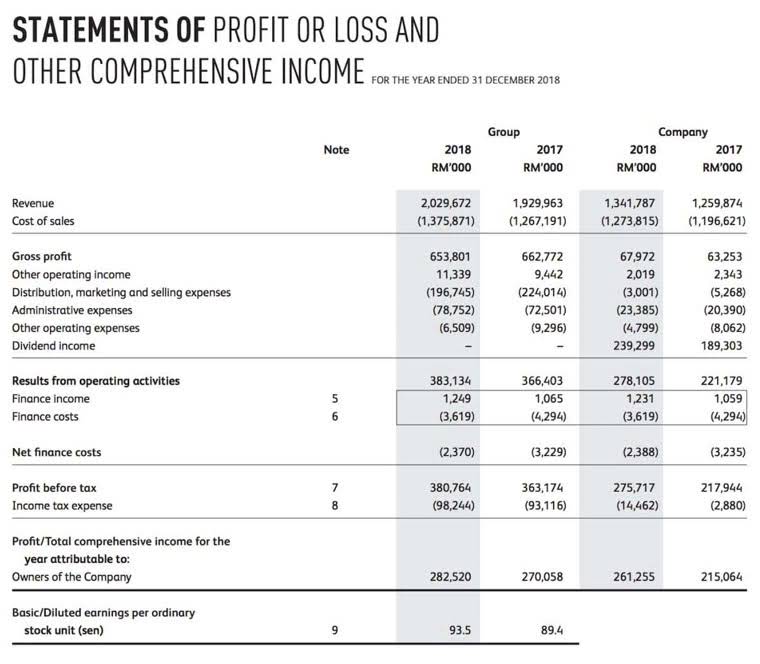
The cost of my pizza is still $16 but the cost per slice is now $1 per slice ($16 cost / 16 slices). The percentage of shares issued determines whether a stock dividend is a small stock dividend or a large stock dividend. This means that when comparative statements are issued, or 5- and 10-year summaries are presented, the number of common shares on which EPS is in these statements must be retroactively adjusted for these dividends or splits.

Accounting for Stock Splits

Thus, while a stock split increases the number of outstanding shares and proportionally lowers the share price, the company’s market capitalization remains unchanged. Although shareholders will perceive very little difference between a stock dividend and stock split, the accounting for stock dividends is unique. Stock dividends are recorded by moving amounts from retained earnings to paid-in capital. A small stock dividend (generally less than 20-25% of the existing shares outstanding) is accounted for at market price on the date of declaration. A large stock dividend (generally over the 20-25% range) is accounted for at par value. After a split, the stock price will be reduced since the number of shares outstanding has increased.
What is your current financial priority?

In contrast to cash dividends discussed earlier in this chapter, stock dividends involve the issuance of additional shares of stock to existing shareholders on a proportional basis. For example, a shareholder who owns 100 shares of stock will own 125 shares after a 25% stock dividend (essentially the same result as a 5 for 4 stock split). Importantly, all shareholders would have 25% more shares, so the percentage of the total outstanding stock owned by a specific shareholder is not increased. As a result, stock splits help make shares more affordable to small investors and provides greater marketability and liquidity in the market. A stock split is used primarily by companies that have seen their share prices increase substantially. Although the number of outstanding shares increases and the price per share decreases, the market capitalization (and the value of the company) does not change.
- If the event is a stock split, there is no change in either Retained Earnings or Common Stock, only a decrease in par value and an increase in the number of issued and outstanding shares.
- While there has been no disagreement concerning the amount to be used or the account to be credited, accounting practice shows two different accounts being debited.
- Thus, it takes only $6,000 rather than $24,000 to purchase 100 shares.
- When I double cut the pizza, this represents a 2-1 stock split with 16 shares of stock (or slices of pizza) for the new par value of $1 per share.
Great! Hit “Submit” and an Advisor Will Send You the Guide Shortly.
A stock price that is too high makes round-lot purchases impossible for some potential investors. Stock splits can be good for investors because https://www.bookstime.com/ they make a stock’s price more affordable, allowing some investors who were priced out before to buy the stock now. For current holders, it’s good to hold more shares of a company but the value doesn’t change. The strength of a company’s stock comes from its earnings, not the price of its stock.

Issued 17,000 shares of common stock at 9.80 per share.
If the stock undergoes a 2-for-1 split before the shares are returned, it simply means that the number of shares in the market will double along with the number of shares that need to be returned. For example, in a reverse 1-for-5 split, 10 million outstanding shares at 50 cents each would now become 2 million shares outstanding at $2.50 per share. Because there is no change in either the total stockholders’ equity or any of the individual components, it is not appropriate for a journal entry to be recorded at the time that a formal split is made.
- A stock split is purely a mathematical decision that does not reflect the valuation of a company.
- The combined value of those three shares would equal the value of what one share used to be.
- For example, a 2-for-1 stock split is similar to a 100% stock dividend.
- A high stock price can deter potential investors, particularly smaller ones, therefore a lower price can make it more appealing and accessible.
- Rather, it is the distribution of more shares of the corporation’s stock.
- The biggest change that happens in the portfolio is the number of shares shorted and the price per share.

In particular, the corporation must obtain a change in the par value (if any) and an increase in the number of authorized shares. Approval must be obtained not only from the state authority but also from the stockholders through a vote. A 3-for-1 stock split means that normal balance for every share an investor has, they will now have three shares. The combined value of those three shares would equal the value of what one share used to be. For example, if a stock was valued at $15 and there was a 3-for-1 split, each share would now be worth $5.
The articles and research support materials available on this site are educational and are not intended to be investment or tax advice. All such information is provided solely for convenience purposes only and all users thereof should be guided accordingly. As an alternative to debiting Retained Earnings (if allowed by state law), some firms choose to debit Additional Paid-In Capital or Capital in Excess of par. For the past 52 years, Harold Averkamp (CPA, MBA) hasworked as an accounting supervisor, manager, consultant, university instructor, and innovator in teaching accounting online. For the past 52 years, Harold Averkamp (CPA, MBA) has worked as an accounting supervisor, manager, consultant, university instructor, and innovator in teaching accounting online.
What is total paid-in capital at the end of 2024
At the large stock dividends and stock splits are issued primarily to: time of the split a memo entry would be entered in the records stating that after the 2-for-1 stock split, the corporation has 200,000 shares of $0.25 par value common stock outstanding. No dollar amounts would be posted to the accounts in the general ledger. This procedure is typically used by companies with low share prices that would like to increase their prices. A company may do this if they are afraid their shares are going to be delisted or as a way of gaining more respectability in the market. Many stock exchanges will delist stocks if they fall below a certain price per share. When a company’s share price increases to a nominal level that may make some investors uncomfortable or is beyond the share prices of similar companies in the same sector, the company’s board may decide on a stock split.





